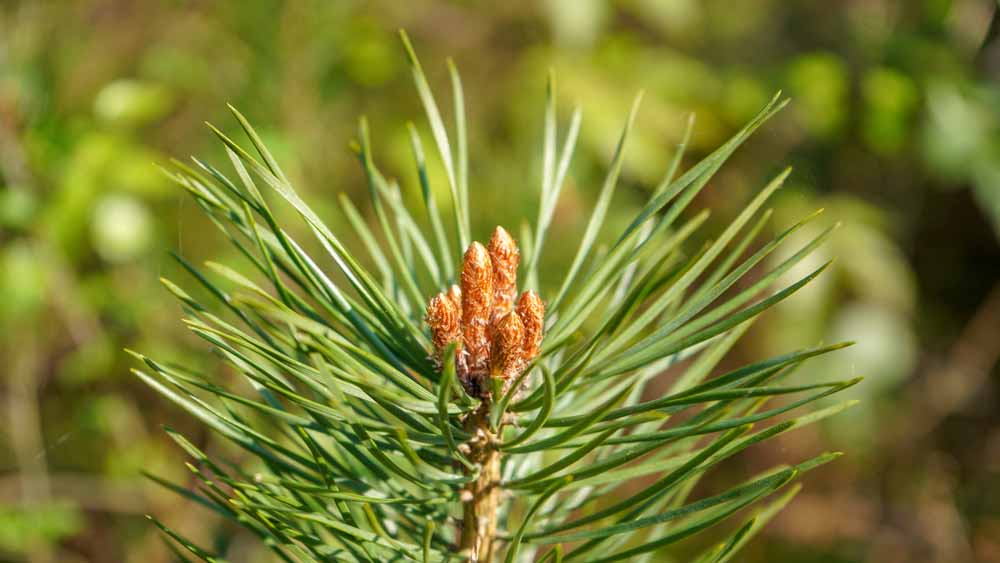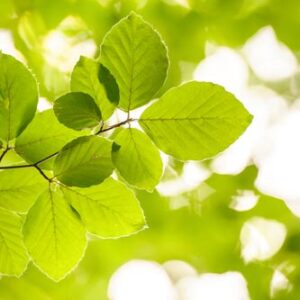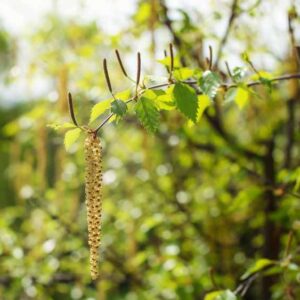Description
The Scots pine is one of Ireland’s three native coniferous trees and is part of the genus Pinus, meaning “pine tree”. This tree can grow up to 30m tall in better-drained soils and it prefers a fuller, loamier soil.
It features dark green, needle-like and almost scale-looking leaves which are actually soft needles themselves. The lovely shade of green that these trees flaunt remains for most of the winter, sometimes lasting into spring if the weather’s not too cold!
With maturity, its red-brown trunk becomes rounded and almost flat. This particular species dons an attractive scaled bark that sheds off like flakes due to exposure to sunlight over time. Not only is it extremely wildlife-friendly and attracts nesting birds as well as squirrels who love its tasty seeds, but more importantly, Scots pine trees are known for their ability to thrive in poor soils.




